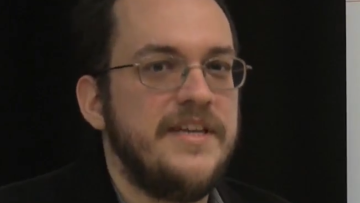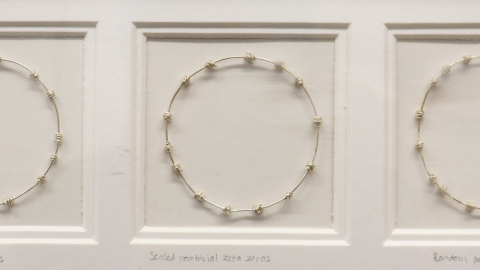Approximately counting and sampling small witnesses using a colourful decision oracle
Abstract
Decision problems – those in which the goal is to return an answer of “YES" or “NO" – are at the heart of the theory of computational complexity, and remain the most studied problems in the theoretical algorithms community. However, in many real-world applications it is not enough just to decide whether the problem under consideration admits a solution: we often want to find all solutions, or at least count (either exactly or approximately) their total number. It is clear that finding or counting all solutions is at least as computationally difficult as deciding whether there exists a single solution, and indeed in many cases it is strictly harder (assuming P is not equal NP) even to count approximately the number of solutions than it is to decide whether there exists at least one.
In this talk I will discuss a restricted family of problems, in which we are interested in solutions of a given size: for example, solutions could be copies of a specific k-vertex graph H in a large host graph G, or more generally k-vertex subgraphs of G that have some specified property (e.g. k-vertex subgraphs that are connected). In this setting, although exact counting is strictly harder than decision (assuming standard assumptions in parameterised complexity), the methods typically used to separate approximate counting from decision break down. Indeed, I will demonstrate a method that, subject to certain additional assumptions, allows us to transform an efficient decision algorithm for a problem of this form into an approximate counting algorithm with essentially the same running time.
This is joint work with John Lapinskas (Bristol) and Holger Dell (ITU Copenhagen).








